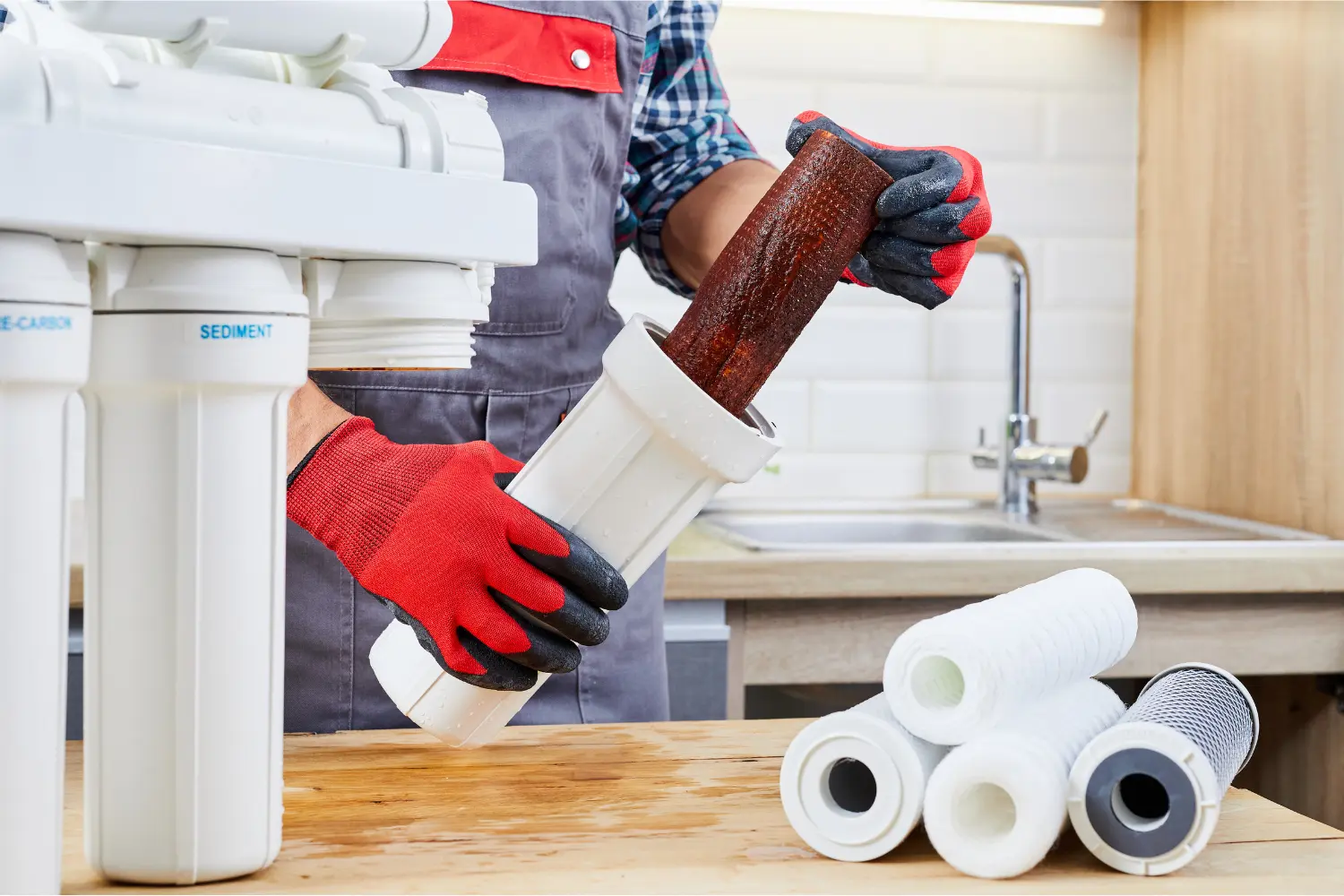Introduction to Fixed Caster Wheel
In industries, workshops, warehouses, and even home environments, the need for efficient and reliable mobility solutions is crucial. One of the fundamental components that facilitate this mobility is the fixed caster wheel. Unlike swivel caster wheels, which allow movement in multiple directions, fixed caster wheels provide straight-line movement, ensuring stability and control where it is most needed.
Understanding the role, benefits, and applications of a fixed caster wheel is essential for choosing the right equipment that fits specific mobility requirements. This article delves into what makes fixed caster wheels indispensable in various sectors and how selecting the right fixed caster wheel can enhance operational efficiency.
What is a Fixed Caster Wheel?
A fixed caster wheel is a type of caster assembly where the wheel is mounted on a rigid frame, allowing it to roll only forward and backward in a fixed straight line. The absence of a swivel mechanism distinguishes it from swivel casters, making fixed casters ideal when directional control is critical.
These wheels are mounted on machines, carts, racks, and equipment where a stable and predictable path is necessary. Because they do not rotate sideways, fixed caster wheels contribute to greater load-bearing stability and minimize unexpected lateral movement.
Key Components of Fixed Caster Wheels
To better understand the performance of fixed caster wheels, it is important to look at their basic components:
- Wheel: Typically made from rubber, polyurethane, nylon, or metal, the wheel material affects the wheel’s durability, noise level, and floor protection.
- Fork/Yoke: The rigid bracket that holds the wheel in place. In fixed casters, this bracket is solidly fixed, unlike the swivel version.
- Axle: A pin or bolt that connects the wheel to the fork, allowing it to rotate on a fixed axis.
- Mounting Plate or Stem: The mechanism used to attach the fixed caster wheel to the equipment or furniture.
Advantages of Using Fixed Caster Wheels
Fixed caster wheels offer several advantages that make them essential in many applications:
- Improved Directional Control: Since the wheel can only roll in one direction, it allows for better straight-line movement, reducing the risk of equipment veering off path.
- Greater Load Capacity: The fixed design often supports heavier loads because the caster’s frame can be sturdier without the added complexity of a swivel mechanism.
- Enhanced Stability: Fixed casters provide a solid foundation for equipment that needs to stay aligned, such as conveyor systems or heavy machinery.
- Lower Maintenance: With fewer moving parts than swivel casters, fixed caster wheels tend to require less upkeep and are less prone to mechanical failure.
- Cost-Effective Solution: Fixed caster wheels are often less expensive to manufacture and replace, offering a budget-friendly option for many businesses.
Common Materials Used for Fixed Caster Wheels
The choice of material significantly impacts the performance of fixed caster wheels. Below are some common materials used and their characteristics:
- Rubber: Soft, provides good floor protection and quiet operation but may wear faster under heavy loads.
- Polyurethane: Durable and abrasion-resistant, polyurethane wheels balance floor protection with load capacity.
- Nylon: Hard, lightweight, and resistant to chemicals, ideal for cleanroom or industrial applications.
- Steel or Cast Iron: Extremely durable and suitable for heavy-duty uses but may damage delicate floors and produce noise.
Choosing the right material depends on the environment where the fixed caster wheel will be used, the floor type, load weight, and the required maneuverability.
Applications of Fixed Caster Wheels
Fixed caster wheels find applications across many industries due to their reliability and strength. Here are some examples:
- Manufacturing Plants: For moving heavy machinery or tool racks in straight lines on assembly floors.
- Warehousing and Logistics: Used on pallet jacks, dollies, and carts that need to move goods efficiently along predetermined paths.
- Medical Equipment: Hospital beds and medical carts often use fixed caster wheels to ensure precise, straight movements down corridors.
- Retail Displays: Heavy display racks are sometimes fitted with fixed caster wheels to allow mobility without the risk of swerving.
- Food Industry: Fixed casters on carts used for food transport ensure stability and smooth transport in kitchens and storage areas.
How to Choose the Right Fixed Caster Wheel
Selecting the correct fixed caster wheel is vital to ensure longevity, safety, and efficiency. Here are some key factors to consider:
1. Load Capacity
Understand the maximum weight that each fixed caster wheel must support. Consider both the static load (when the equipment is stationary) and the dynamic load (when in motion).
2. Wheel Diameter
A larger wheel diameter helps roll over obstacles and rough surfaces more easily, while smaller wheels are better suited for smooth floors and compact spaces.
3. Wheel Material
Pick a wheel material based on floor type, noise requirements, and load conditions. For example, polyurethane wheels protect floors and are quieter, while steel wheels suit rugged industrial environments.
4. Mounting Type
Fixed caster wheels can be mounted with a plate or a stem. Plate mounts provide stronger support for heavy equipment, while stem mounts are often used for lighter applications.
5. Environmental Conditions
Consider factors like temperature, exposure to chemicals, moisture, or debris. Some materials handle these better than others.
Installation and Maintenance Tips for Fixed Caster Wheels
Proper installation and maintenance ensure the longevity and performance of fixed caster wheels.
- Installation: Secure the mounting plate or stem tightly to prevent wobbling. Make sure the equipment is balanced to distribute weight evenly across all casters.
- Regular Inspection: Check wheels for wear and tear, cracks, or flat spots. Examine the axles and mounting hardware for looseness or corrosion.
- Lubrication: Apply lubricant to the axle and bearing areas if applicable to reduce friction.
- Cleaning: Remove debris that can obstruct wheel rotation and cause damage over time.
- Replacement: Replace wheels or hardware as soon as significant damage or wear is noticed to avoid equipment downtime.
Fixed Caster Wheel vs. Swivel Caster Wheel: What’s the Difference?
Both fixed and swivel caster wheels have their place, but the choice depends on the movement required.
- Fixed Caster Wheel: Moves only in a straight line, providing control and stability, suitable for applications needing precise directional movement.
- Swivel Caster Wheel: Rotates 360 degrees, allowing for maneuverability and turning in tight spaces.
Many equipment setups combine fixed and swivel casters—fixed casters control the direction, while swivel casters facilitate turns.
Common Challenges with Fixed Caster Wheels and How to Address Them
While fixed caster wheels are reliable, users may face some challenges:
- Difficulty Turning: Since fixed casters don’t rotate sideways, equipment can be harder to turn. Using a combination of fixed and swivel casters can solve this.
- Wheel Wear: Constant use on rough surfaces can wear down wheels. Choosing the right material and performing routine maintenance helps.
- Floor Damage: Hard wheels like steel may damage delicate floors. Use softer materials or wheel covers to protect surfaces.
- Load Distribution: Uneven loads can cause premature wear or failure. Ensure proper weight distribution and use casters rated for the load.
Future Considerations for Fixed Caster Wheel Use
As industries evolve, fixed caster wheels also see advancements. Innovations include:
- Enhanced Bearings: Bearings designed to reduce friction and improve smoothness under heavy loads.
- Specialized Materials: Wheels made from composite materials that offer better wear resistance and floor protection.
- Anti-Static Wheels: For sensitive electronic environments, preventing static discharge.
- Custom Designs: Tailored casters to fit unique equipment dimensions and weight requirements.
These improvements ensure fixed caster wheels remain practical and efficient for future mobility needs.
Conclusion
The fixed caster wheel is a fundamental element in countless applications where straight-line movement and stability are paramount. Understanding its design, materials, advantages, and applications helps users select the best caster wheel for their needs. With proper installation and maintenance, fixed caster wheels provide a durable, low-maintenance solution that enhances productivity and safety.
When considering mobility solutions, the fixed caster wheel offers unmatched control and load capacity, making it an essential choice for stable, reliable movement across industries.












Leave a Reply